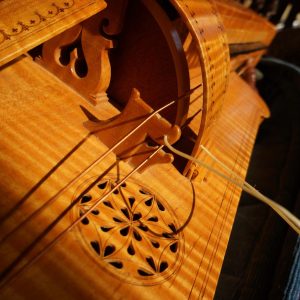Contents of this page copyright 1999, 2021, by Norm Sohl

Chanter, Stocks, Small chanter
I had a chance to briefly study this instrument in 1999 when it was in the possession of a friend. I don’t know its current whereabouts. It is made of Ivory, well turned as you would expect from an instrument made for a wealthy client. and probably dates to the late 1600s. I was able to make several x-rays of the instrument with the help of a friendly local chiropractor, and these are included below. These x-rays showed several interesting things about this instrument is that visual inspection did not:
- The bell of the instrument is made of a separate piece of ivory, and attached to the body with very precise threads. I’m told that this is common in instruments of the period.
- The petit chalumeau or small chanter has an incomplete bore, and not all of the keys and associated holes are connected to the bore meaning that the instrument is not fully playable.
I’m adding my (very) rough notes from the measuring session. I’ve always wished to make measured drawings, but that may not happen, and I hope that my notes may help more than hinder anyone else interested in this instrument.
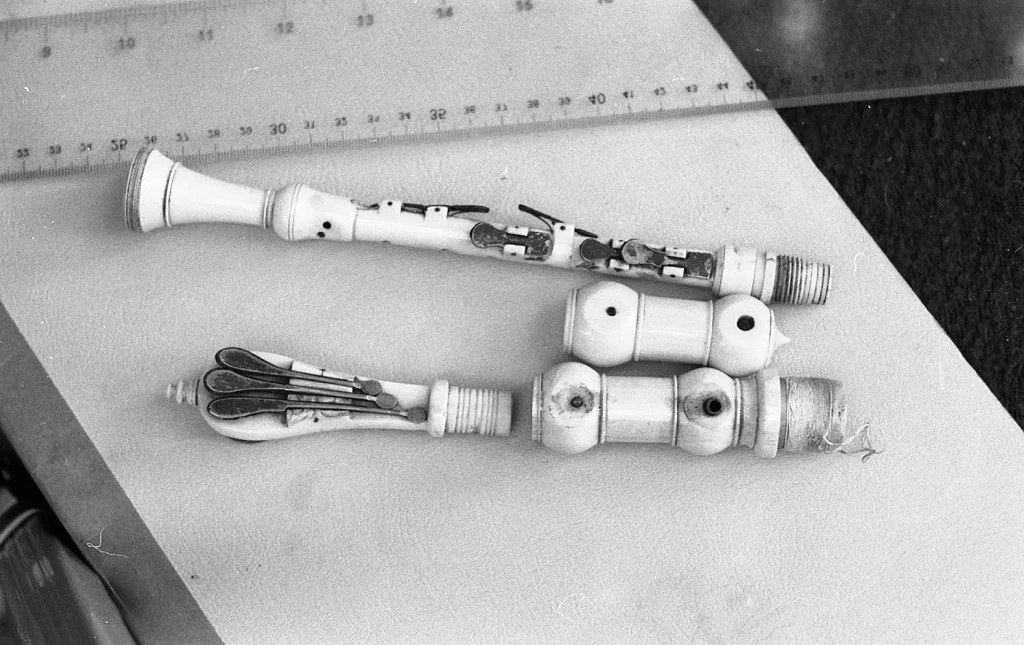

The large chanter

These images show the taper of the socket for the reed, the bore and the expansion at the foot of the instrument. They also do a good job of showing the position of the fingerholes, and the undercutting for a couple of the fingerholes. The top of the chanter is threaded, but as I recall the threading does not mate with the stock of the instrument.


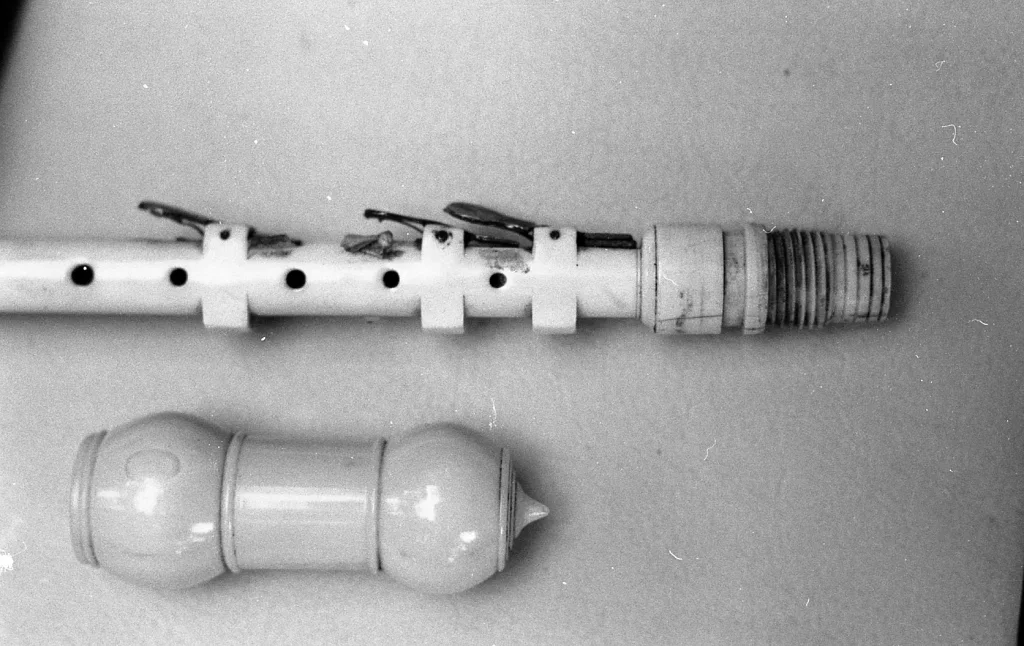



The small chanter
The small chanter is sealed, meaning that it does not produce sound unless the keys are pressed.
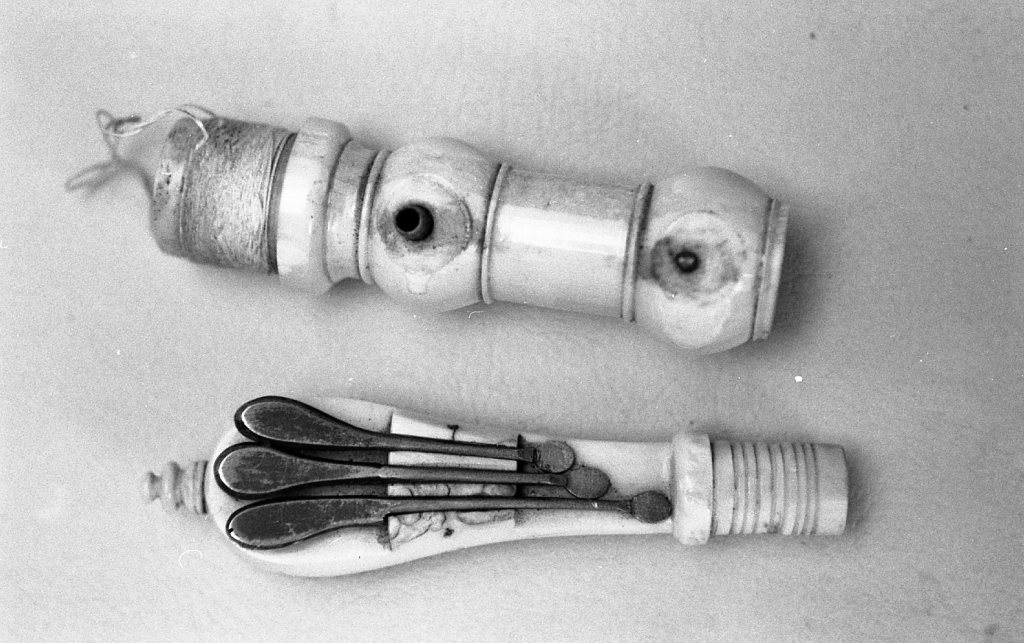

Headstock and back side of small chanter
Small brass(?) tubes connect the two parts of the headstock and allow air to flow between them. Only this part of the headstock is attached to the bag.


The holes for the keys are all drilled, but don’t actually reach the bore of the instrument. The socket for the reed is also off center, implying that this part of the instrument was perhaps intended for show.
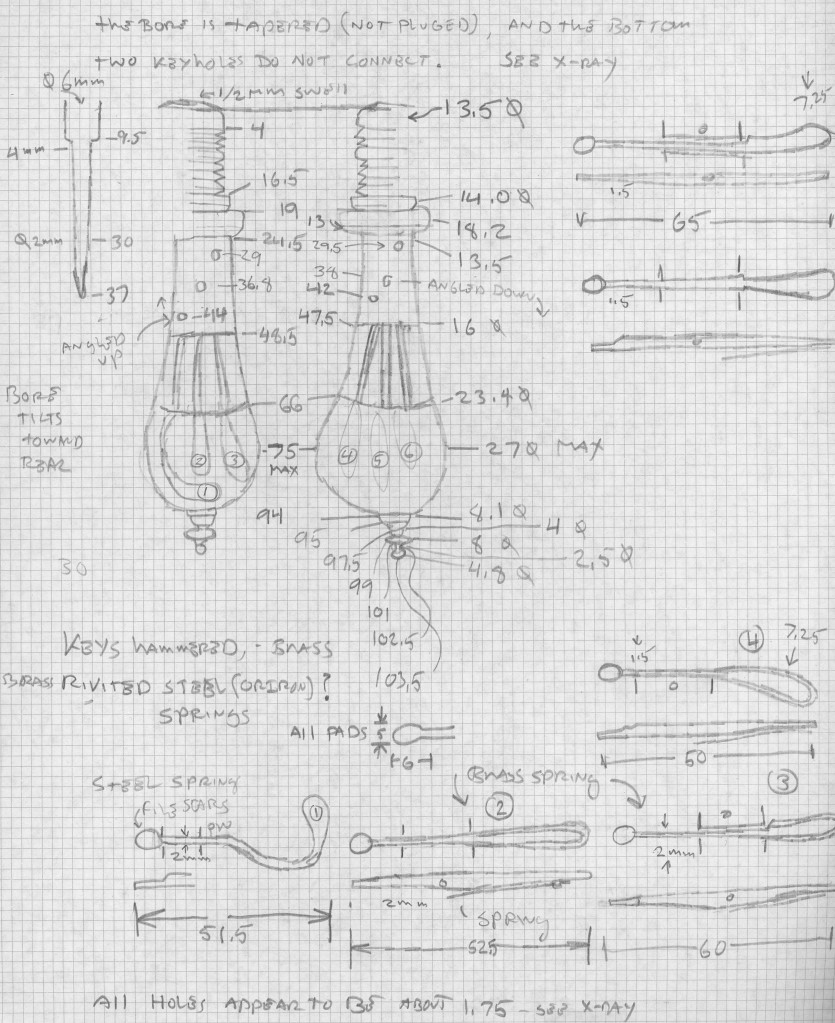
Shuttle drones

Although well crafted on the outside, the interior of the drones are a mess – there is at least one slider that appears to be non-functional, and several bores that do not connect in a understandable way. See the notes at the bottom of this section.


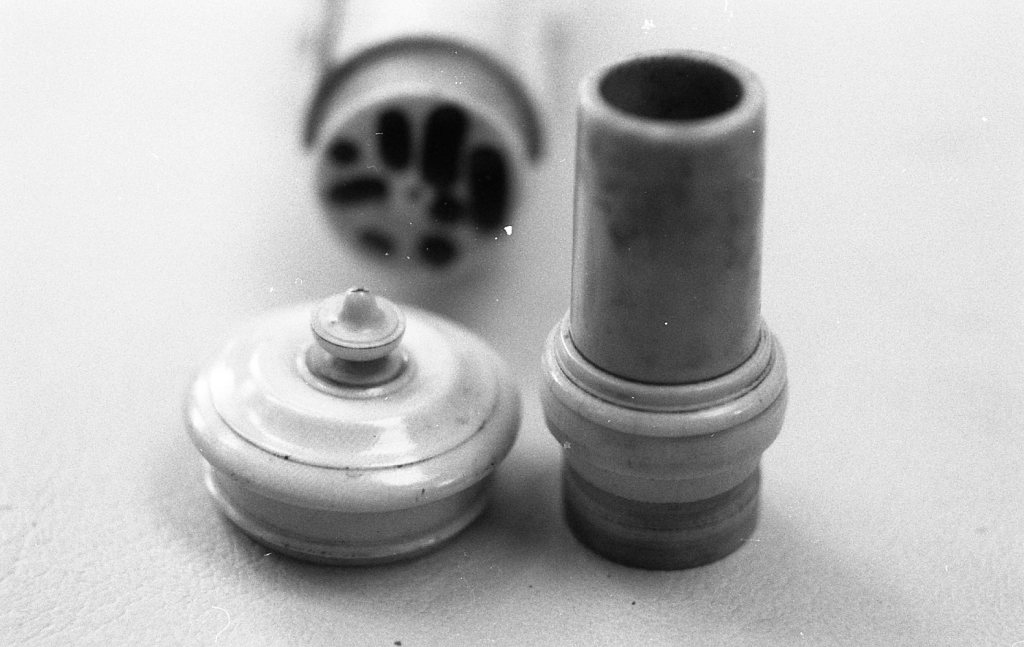



Although there are 5 sliders, one of the sliders does not appear to be functional. there are also three additional bores that do not appear to make sense.
The drones, from highest pitch to lowest pitch are as follows:
- bore U, 3.5 mm diameter, no reed socket, opens to slider 1. Plug is missing from end opposite of reed. It is possible that this bore connects internally or was intended to connect with bore Z, making the drone W (socket), connected to Z, connected to U.
- bore Q, 3.5 mm diameter, socket is 5 mm, connects to bore T, also 3.1 mm, opens to slider 2. Plug at reed end.
- bore M, 2.5(?) mm diameter, socket is 4.5. Connects to bore P which opens to slider 3. Plug at reed end.
- and 5. Bore A, 4.5 mm, socket is 6 mm, connected to bore D. Bore D is connected to bore E. Bore E is connected to bore H, which exits at slider 5. H is connected (although currently plugged) to bore I, which (I’m told in correspondence with Bart Van Troyen) should connect to bore L which opens at slider 4, allowing the drone to produce one of two notes, depending on which slider is opened, 4, or 5.This connection is either internal, or not completed in this instrument according to the photographs.



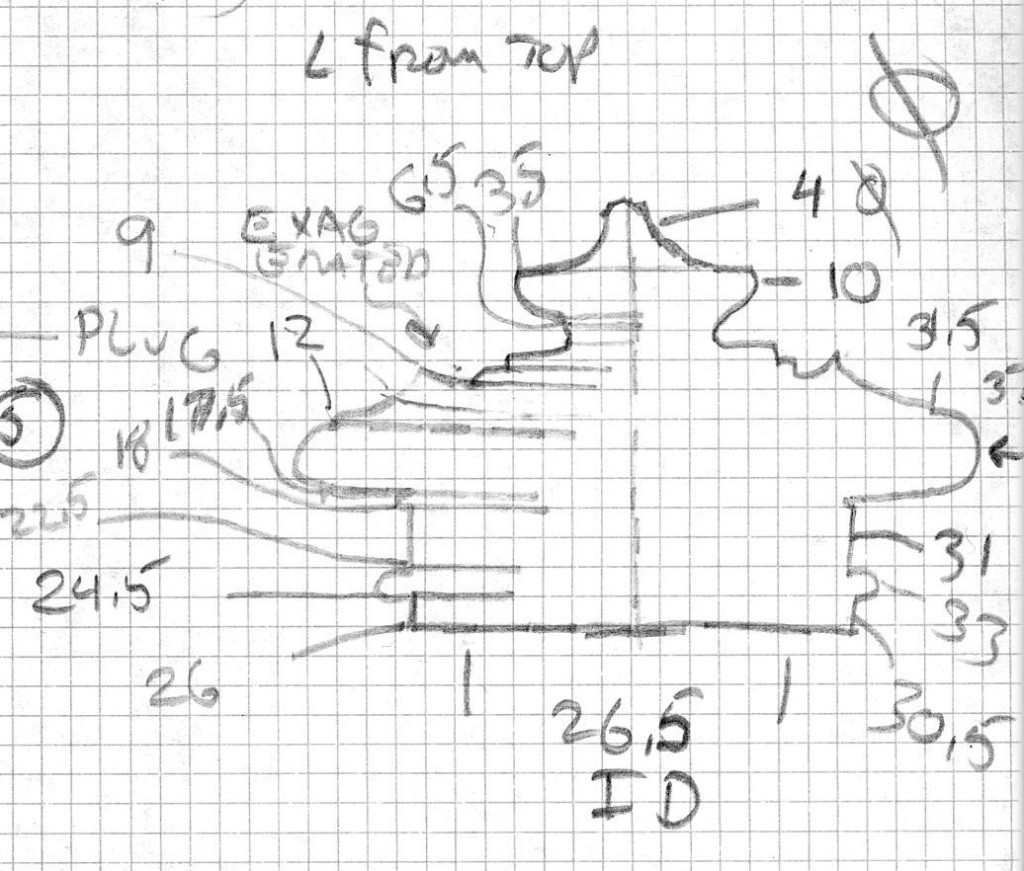
Bag and stocks
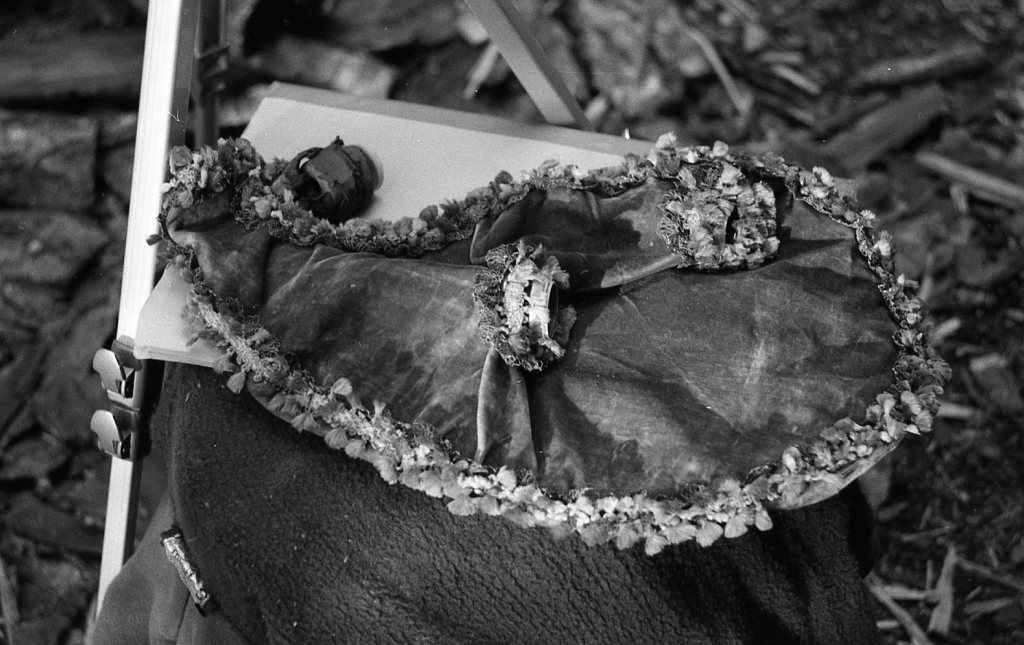




Additional notes
The Musette maker Bart Van Troyen has provided the following comments on this instrument:
- some keys are in the wrong place,
- petit chalumeau looks like a later addition.
- Instrument in A=392 probably,
- standard 18h century model.
- Bottom part of grand chalumeau is always screwed on.
- making threaded joints was fairly easy with their lathes. Nowadays it’s a complete mess, so far for progress.
- The drones are standard 18th century model as well, with
- 5 layettes,
- 4 reeds
Connection of the bores:
- 6 bass bores with 2 layettes, DAEIHL
- 3 Taille bores with one layette, ZWU
- 2 Haute Contre QT
- 2 Dessus bores, each with one layette. MP
- Bore diam in that order is 4.5, 3.5, 3.3 and 3mm. (taille can be 3.8, dessus can be 2.8 )
- Bass bores are DAEIHL, taille ZWU, Haute Contre QT, dessus MP
